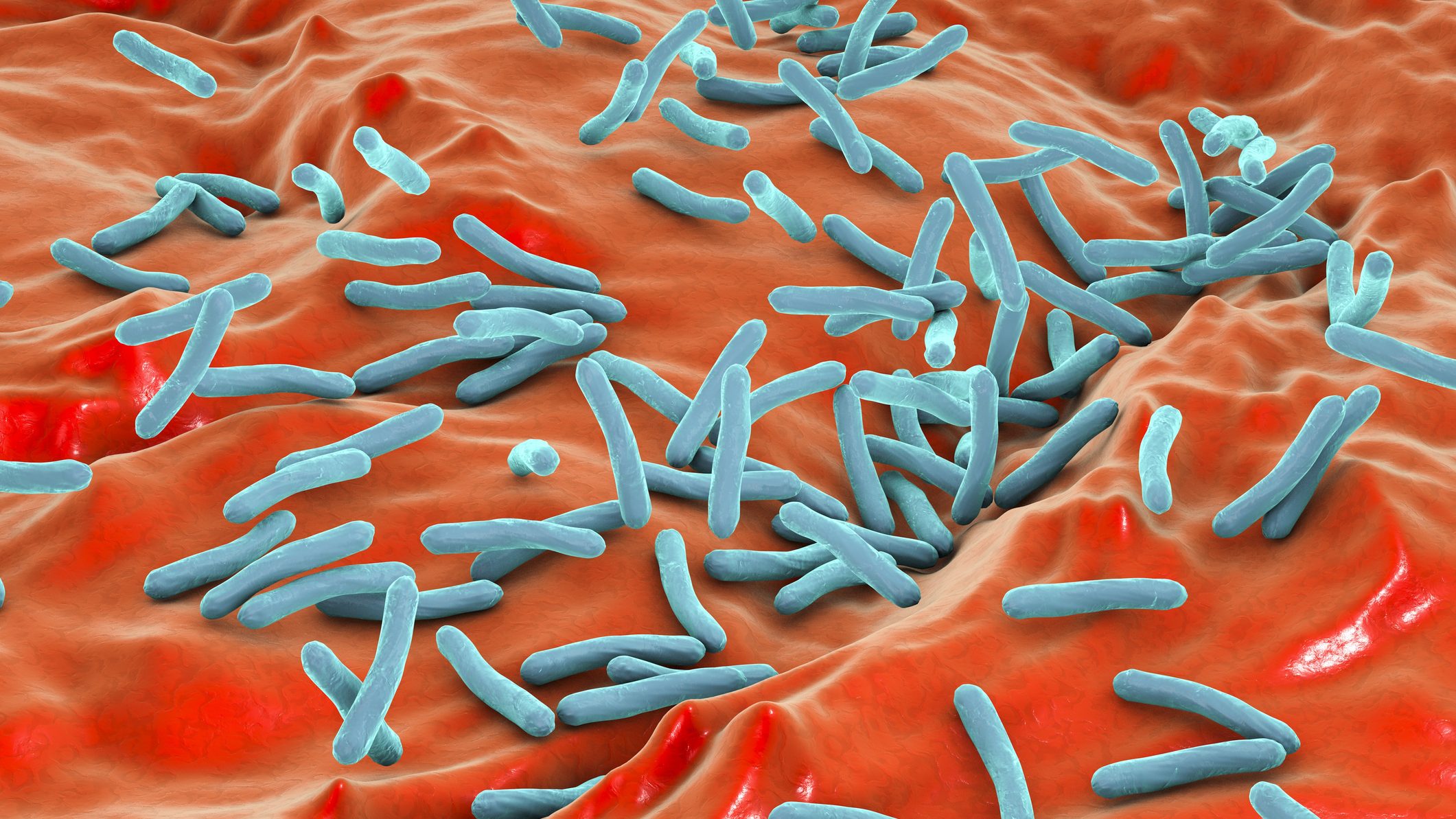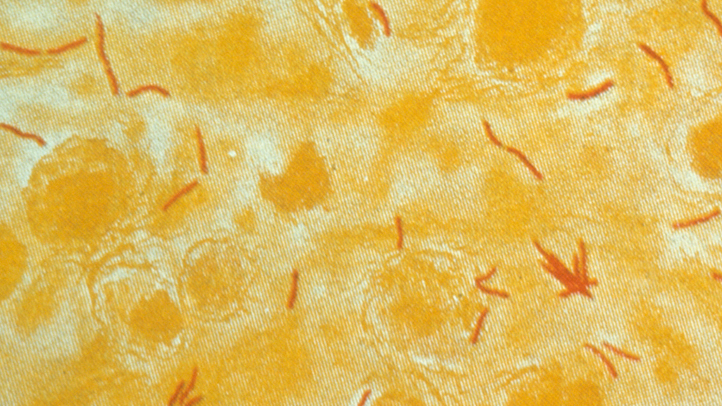San Diego County's Tuberculosis Program and the Metropolitan Transit System are working to notify some area travelers that they were potentially exposed to a tuberculosis infection earlier this year.
The warning was issued to riders who used certain Trolley Blue and Green lines and bus riders and drivers who used Route 901.
It applies to the following:
- the Trolley Blue Line between Balboa Ave Transit Center and Old Town Transit Center, and the Green Line between Fashion Valley and Old Town, roughly between 6 a.m. to noon Monday to Sunday from Feb. 16 to Aug. 15
- bus route 901 from Iris Avenue Transit Center to Palm Ave., and Eighth Street 10-11 a.m. and 6-8 p.m. from April 22 to July 15
Get top local stories in San Diego delivered to you every morning. Sign up for NBC San Diego's News Headlines newsletter.
"Trolley exposures did not occur on a specific schedule," a county statement read. "As such, large numbers of people may have had exposures, but the likelihood that any particular rider had long cumulative exposure times is low."
MTS reports that for the Blue Line, there were about 71,000 trips per day during this exposure timeframe. However, each passenger typically takes 2-3 trips during a commute, so the amount of passengers affected is likely less than 71,000.
The same goes for the Green Line, with about 24,000 average daily trips, and Route 901, with 1,200 average daily trips.
Relevant content:
Brief interactions with an ill rider are less likely to lead to TB infection than are prolonged or repeated exposures.
"Symptoms of active TB include persistent cough, fever, night sweats and unexplained weight loss," said Dr. Wilma Wooten, county public health officer. "Most people who become infected after exposure to tuberculosis do not get sick right away. This is called latent TB infection. Some who become infected with TB will become ill in the future, sometimes even years later, if their latent TB infection is not treated. Blood tests and skin tests are effective to determine whether someone has been infected."
While the MTS follows recommended sanitation practices of the U.S. Centers for Disease Control and Prevention, TB is airborne and not spread by touch, so cleaning practices do not impact the risk of tuberculosis in transit vehicles or stations, according to the county.
Other MTS riders with TB have been previously reported in August and September 2022, and in February 2023. The county Health and Human Services Agency does not have any evidence directly linking the rider or riders most recently diagnosed with TB to the other MTS riders. Additional lab tests will be conducted to determine if there might be linkages.
People with TB could be sick for many months before they are diagnosed, and as such, exposure periods can be long.
TB is an airborne disease that is transmitted person-to-person through inhalation of bacteria. The chance of infection is higher for people with prolonged indoor exposure to a person who is sick with TB.
Individuals who want more information on this potential exposure can call the County TB Control Program at 619-692-8621.
According to county data, the number of people diagnosed with active TB in San Diego County has decreased since the early 1990s and has stabilized in recent years. There were 192 cases in 2020 and 201 people reported with active disease in 2021. In 2022, 208 people were reported with active TB disease in San Diego County.
NBC 7's Shandel Menezes contributed to this report.



